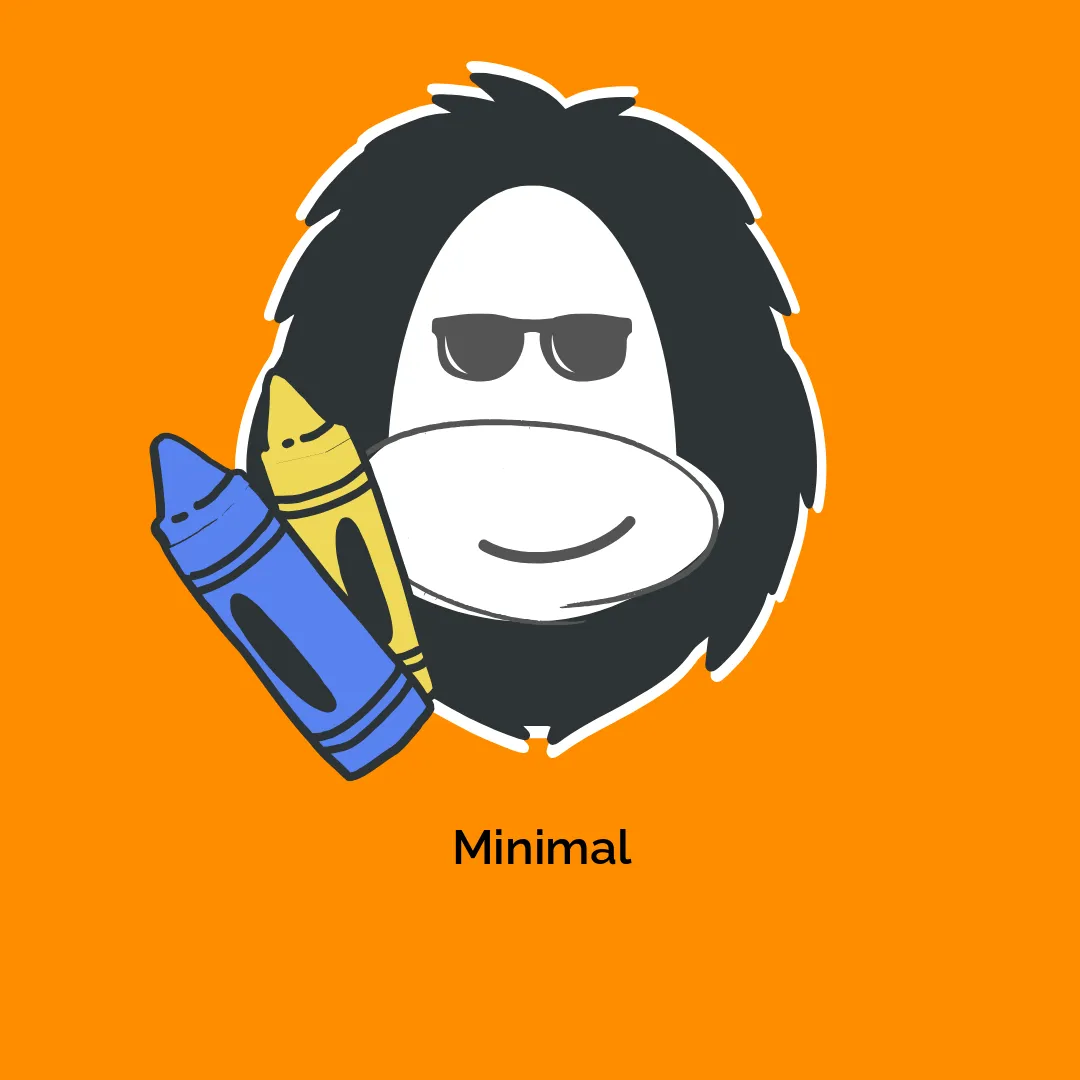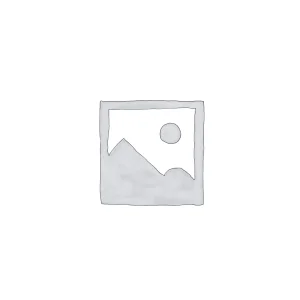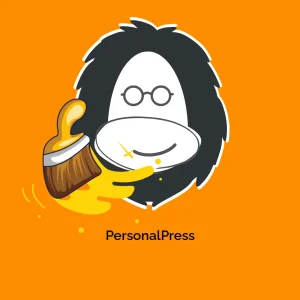The Essence of Minimalism in Web Design
Minimalism in web design has emerged as a potent philosophy that prioritizes simplicity and functionality. It focuses on eliminating unnecessary elements, creating an uncluttered user experience that directs attention to the essentials. This approach results in faster load times, improved user engagement, and a straightforward interaction with digital content.
Understanding Minimalism
The underlying concept of minimalism is to create designs that strip away excess, revealing a clear path for users to navigate. This doesn’t mean cutting out necessary functionalities; rather, it emphasizes the importance of providing only what is needed for a refined experience. A minimalist design celebrates negative space, clean lines, and a restrained color palette to enhance content readability and accessibility.
One of the significant advantages of minimalism is its versatility. Whether for personal blogs, business websites, or e-commerce platforms, minimal designs adapt seamlessly to various niches. A minimalist approach resonates with users by feeling fresh, modern, and easier to engage with.
Key Features of Minimal Designs
-
Whitespace: The intentional use of negative space helps in organizing content and preventing the design from feeling cluttered. This guides users’ attention to critical areas without getting overwhelmed.
-
Color Palette: Minimalistic designs usually favor neutral colors with a few accents. This controlled use of colors maintains focus and supports a harmonious visual experience.
-
Typography: Strong typography choices contribute significantly to a minimalist aesthetic. Clear, legible fonts can convey information effectively. A minimalist design typically limits the number of font styles to enhance consistency.
-
Essential Imagery: Images in a minimalist design are chosen carefully. They not only beautify the layout but also add value to the content presented, creating a narrative rather than mere decoration.
-
Simple Navigation: A straightforward navigation system is crucial in minimal web design. Complications are stripped away, allowing users to find what they need without confusion or distractions.
Implementing Minimalism in Your Design
To effectively embrace minimalism in your web design, consider the following strategies.
Prioritize Functionality
Ensure that every element on your page serves a purpose. This means evaluating whether a particular component adds value or whether it contributes to a feeling of clutter. For example, if an extra button doesn’t substantially benefit navigation, it’s wiser to remove it.
Limit Your Color Choices
A minimal approach usually involves a refined color scheme – typically no more than two to three primary colors. This cultivates a cohesive look that complements your content. Employing shades and tints of these primary colors can help maintain visual interest without overdoing it.
Choose Typography Wisely
Typography can make or break a minimalist design. A simple, sans-serif font often works best for body text, while a contrasting typeface can effectively highlight headings. Refrain from using too many fonts or styles; consistency is key to an elegant look.
Use Imagery Sparingly
Images should be powerful and purposeful. Choose high-quality images that resonate with your audience and further amplify your message. Avoid using images merely for decoration; each image should enhance the narrative or visual story you’re trying to tell.
Create Intuitive Navigation
Minimal designs thrive on the user experience, which begins with intuitive navigation. Limit the number of links and ensure that categories are clear and easily accessible. A clear hierarchy improves usability and helps users find information swiftly.
Examples of Minimal Web Design
-
Google: Its homepage is a classic example of minimalism with its iconic search bar and a few clickable options. There’s nothing superfluous—just pure functionality.
-
Apple: The Apple website exemplifies how to showcase products through an effective minimal layout. High-quality images with succinct descriptions allow the content to shine.
-
Airbnb: The Airbnb website creatively combines minimalism with functionality. The use of whitespace draws attention to the search bar, critical for site navigation.
The Benefits of Minimalistic Design
Embracing minimalism in web design doesn’t only create a pleasing aesthetic but also delivers tangible benefits:
-
Speed and Performance: A cleaner, less cluttered design results in quicker load times. Users are less likely to abandon a website due to wait times.
-
Improved User Experience: Minimal designs eliminate distractions, allowing users to focus on the content that matters most.
-
Mobile Optimization: With more users accessing websites on mobile devices, minimalist designs scale down effectively without compromising usability.
-
Timelessness: Minimalism often defies trends, creating a timeless experience that can endure through changing design fads.
Common Misconceptions
Even though minimalism sounds appealing, there are still many misconceptions surrounding it. Some might assume it lacks creativity or is too boring. However, minimalism can facilitate creativity by pushing designers to innovate within constraints. The key is to foster an engaging experience without overwhelming users with excessive elements.
The Journey of Minimalism
Minimalism has its roots in various design schools of thought, each contributing to its evolution. The Bauhaus movement emphasized simplicity and functionality, laying a foundation for the minimalist philosophy to grow. In the realm of digital design, pioneers have adapted these principles to meet modern needs.
The rise of mobile devices further propelled the minimalist movement. As designers started tailoring their creations for device-specific experiences, clean and simplistic designs surged in popularity as they resulted in higher user satisfaction.
Case Study: Using Minimalism in a Personal Blog
If you’re launching a personal blog, applying minimalism can set you apart. Focus on a clean layout that features your writing. Limit your categories to the most relevant to ensure a streamlined experience. Choose one or two accent colors that align with your personal brand and use sufficient whitespace.
Tip: Consider utilizing a minimalistic theme that embodies these principles. Selecting a theme that makes content the star while providing essential navigational features can elevate your blogging experience.
Navigating the Challenges
Transitioning to minimalism might present challenges, especially for those accustomed to detailed, embellished designs. Users often fear that minimalism lacks individuality or expressiveness. However, integrating personal elements, such as high-quality images or unique typography, can create a signature style without overwhelming the minimal aesthetic.
Embracing Minimalism in Other Design Aspects
Minimalism isn’t confined solely to web design. It influences various areas, such as graphic design, product design, and even architecture. The philosophy encourages a mindset of thoughtful reduction—removing the unnecessary to leave only what enhances the experience.
Tools & Resources for Minimalist Design
For those looking to incorporate minimalistic elements into their designs, various tools can facilitate the process:
-
Sketch: A design tool known for its vector capabilities, making it ideal for creating clean, minimalist graphics.
-
Adobe XD: Excellent for UI/UX design with an emphasis on simplicity, providing users with the right tools to streamline their workflow.
-
Canva: An accessible design platform that allows users to create minimalist graphics with ease.
Future of Minimalism in Design
As user needs evolve, minimalism will likely remain an enduring approach in web design. The focus on functionality, speed, and user-centric design aligns perfectly with contemporary digital experiences. The challenge for designers and developers will be in balancing minimalism with engaging, rich content that resonates with diverse audiences.
Minimalism’s essence remains a rallying cry for those who appreciate clarity and effectiveness in design. In a world permeated by excess, adopting a minimalistic approach can lead to deeper communications, enhanced user experiences, and a design language that stands the test of time.
Minimal: Download for Free on OrangoGPL
Here you have it, downloading Minimal Themes for free is entirely viable and legal.
Truly, even downloading a cracked Minimal is law-abiding, and this is because the license it is distributed under is the General Public License, and this license permits the user all kinds of code modifications.
Therefore, you can be calm: If you were seeking to buy Minimal cheaply or, directly, to download Minimal Themes nulled and, this way, have it completely free, on OrangoGPL, it’s possible legally.
Minimal GPL: The option for entrepreneurs starting out
Call it what you like best: Minimal Themes offers, download Minimal Themes GPL, download Minimal without license or download Minimal Themes cracked.
It is something totally within the law and something more than necessary for any entrepreneur starting out.









Reviews
There are no reviews yet.